
Indigenous Vegetables of South Africa
Indigenous vegetables have sustained rural families over the centuries, adding to nutrients to traditional diets. Unfortunately, over the years, cultivation of traditional vegetables, often also associated with poverty, have been replaced with Western vegetables and store-bought produce.
The lack of research and development to commercialise these vegetables added to the decline in use. However, there is a renewed interest in the benefits of indigenous vegetables - rich in nutrients, easy to grow and adaptable to local growing conditions.
With this expanding series of articles on indigenous vegetables available in all 11 official South African languages, South Africa Online ® aims to promote indigenous knowledge of traditional crops to improve nutrition and cultural pride in our traditional food heritage.
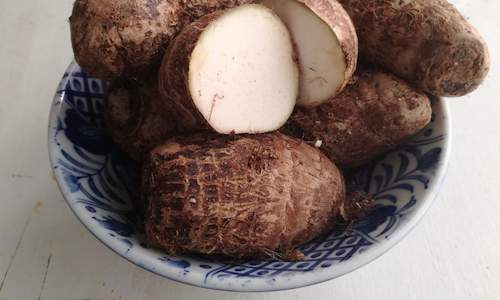
The Amadumbe or "potato of the tropics" (Colocasia esculenta) is also known as mufhongwe, madumbis, taro or dasheen but is not related to th...
more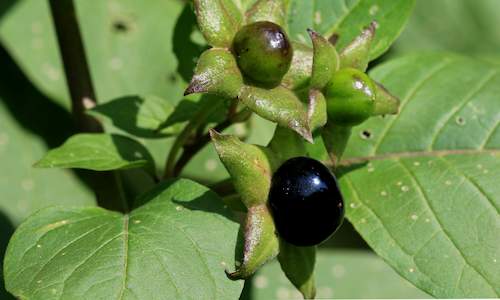
Black nightshade (Solanum retroflexum) is an annual herb-like plant that originated in South Africa. It is also known as sunberry, nastergal...
more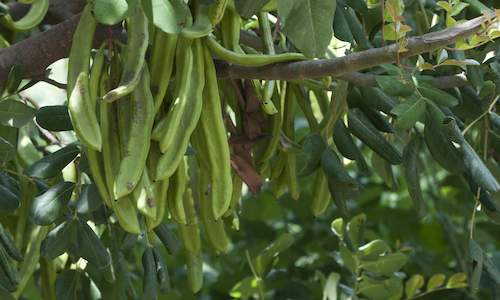
The evergreen carob tree produces large green pods, which turn brown when ripe. The pods contain a sweet pulp and even-sized brown seeds. Wh...
more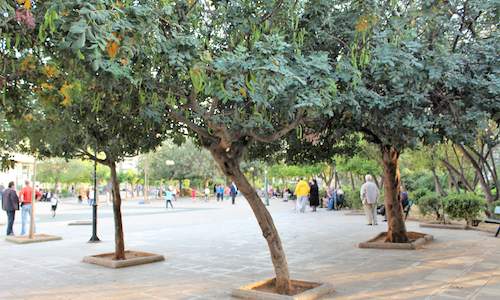
Despite the huge potential of carob to be utilised as a protein-rich food crop for both human and animal use, carob is not cultivated on a c...
more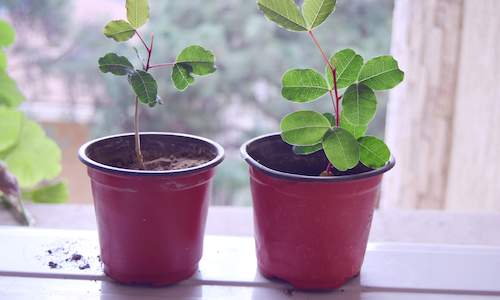
The carob tree (Ceratonia siliqua) also known as St John’s Bread is a small to medium evergreen leguminous tree with glossy leathery leave...
more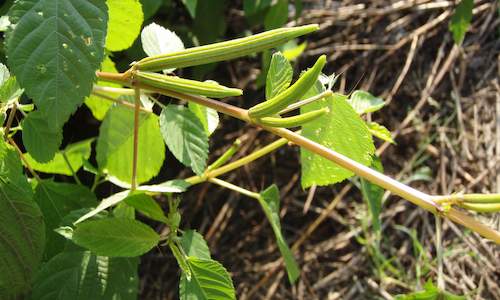
Jew's mallow (Corchorus olitorius) is a nutritious leafy vegetable eaten in South Africa and falls under the collection of leafy vegetables ...
more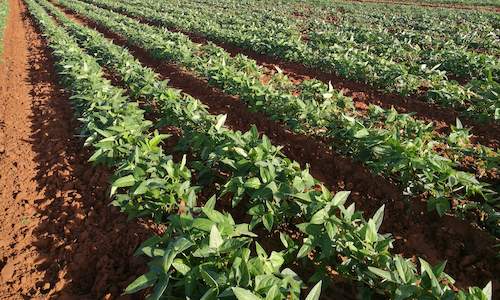
Cowpeas (Vigna unguiculata) is indigenous to Africa and is planted for human consumption and animal fodder. Its seeds, pods and leaves are c...
more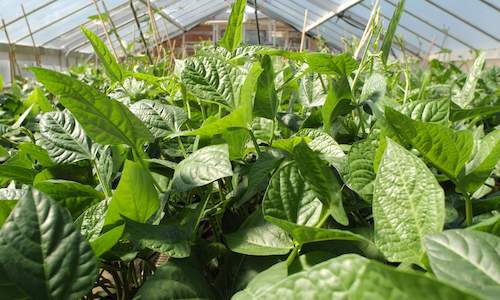
Cowpeas are indigenous to Africa and can be cultivated on various soil types, even producing a crop on poor soils, but adding some compost a...
more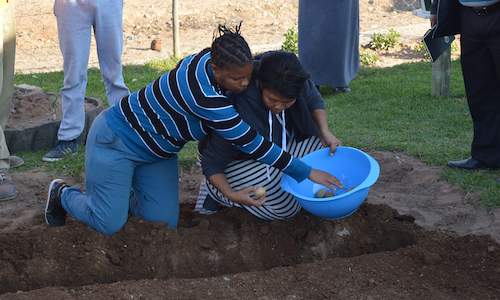
Quality seeds are a fundamental requirement for good production. Home processed seed can also be of good quality if it is well processed, cl...
more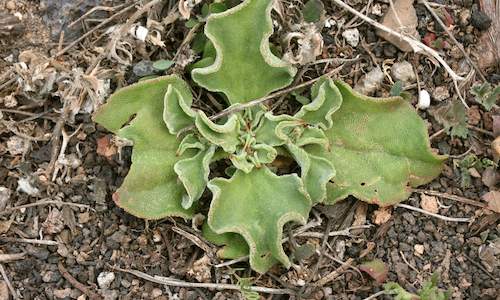
A simple plant with a complicated name; the crystalline ice plant (Mesembryanthemum crystallinum) has many colloquial names such as Rosa De ...
more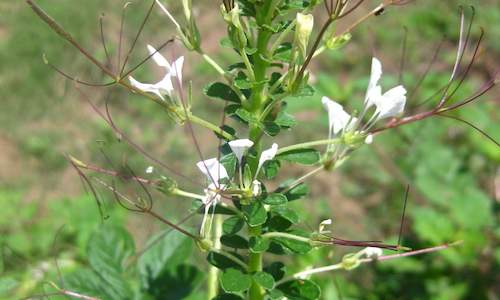
The wild-growing spider plant is a versatile indigenous vegetable. Not only does it provide nourishment for humans, but can be used as anima...
more
Carob trees (Ceratonia siliqua) produce leathery seed pods that turn brown as they ripen. The pods have a sweet-tasting pulp and small seeds...
more
Although neglected and underutilised in South Africa, indigenous vegetables can diversify farming systems, ensure food security and help to ...
more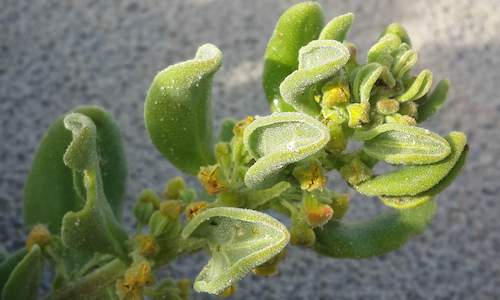
Dune spinach (Tetragonia decumbens or ‘kinkelbos’ in Afrikaans) is a low-growing (0.1 - 0.3 m high) creeping shrub that is found in coas...
more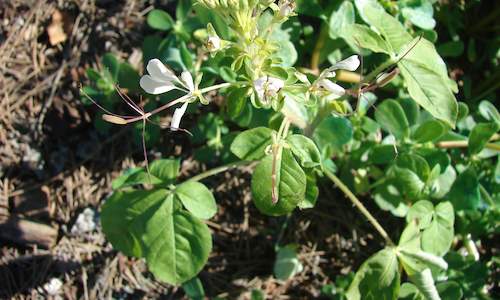
Also known as cat’s whiskers and African cabbage, the spider plant (Cleome gynandra) leaves, tender stems and flowers are used for human c...
more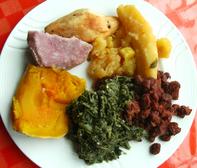
 The Amadumbe or "potato of the tropics" (Colocasia esculenta) is also known as mufhongwe, madumbis, taro or dasheen but is not related to th...
The Amadumbe or "potato of the tropics" (Colocasia esculenta) is also known as mufhongwe, madumbis, taro or dasheen but is not related to th... Black nightshade (Solanum retroflexum) is an annual herb-like plant that originated in South Africa. It is also known as sunberry, nastergal...
Black nightshade (Solanum retroflexum) is an annual herb-like plant that originated in South Africa. It is also known as sunberry, nastergal... The evergreen carob tree produces large green pods, which turn brown when ripe. The pods contain a sweet pulp and even-sized brown seeds. Wh...
The evergreen carob tree produces large green pods, which turn brown when ripe. The pods contain a sweet pulp and even-sized brown seeds. Wh... Despite the huge potential of carob to be utilised as a protein-rich food crop for both human and animal use, carob is not cultivated on a c...
Despite the huge potential of carob to be utilised as a protein-rich food crop for both human and animal use, carob is not cultivated on a c... The carob tree (Ceratonia siliqua) also known as St John’s Bread is a small to medium evergreen leguminous tree with glossy leathery leave...
The carob tree (Ceratonia siliqua) also known as St John’s Bread is a small to medium evergreen leguminous tree with glossy leathery leave... Jew's mallow (Corchorus olitorius) is a nutritious leafy vegetable eaten in South Africa and falls under the collection of leafy vegetables ...
Jew's mallow (Corchorus olitorius) is a nutritious leafy vegetable eaten in South Africa and falls under the collection of leafy vegetables ... Cowpeas (Vigna unguiculata) is indigenous to Africa and is planted for human consumption and animal fodder. Its seeds, pods and leaves are c...
Cowpeas (Vigna unguiculata) is indigenous to Africa and is planted for human consumption and animal fodder. Its seeds, pods and leaves are c... Cowpeas are indigenous to Africa and can be cultivated on various soil types, even producing a crop on poor soils, but adding some compost a...
Cowpeas are indigenous to Africa and can be cultivated on various soil types, even producing a crop on poor soils, but adding some compost a... Quality seeds are a fundamental requirement for good production. Home processed seed can also be of good quality if it is well processed, cl...
Quality seeds are a fundamental requirement for good production. Home processed seed can also be of good quality if it is well processed, cl... A simple plant with a complicated name; the crystalline ice plant (Mesembryanthemum crystallinum) has many colloquial names such as Rosa De ...
A simple plant with a complicated name; the crystalline ice plant (Mesembryanthemum crystallinum) has many colloquial names such as Rosa De ... The wild-growing spider plant is a versatile indigenous vegetable. Not only does it provide nourishment for humans, but can be used as anima...
The wild-growing spider plant is a versatile indigenous vegetable. Not only does it provide nourishment for humans, but can be used as anima... Carob trees (Ceratonia siliqua) produce leathery seed pods that turn brown as they ripen. The pods have a sweet-tasting pulp and small seeds...
Carob trees (Ceratonia siliqua) produce leathery seed pods that turn brown as they ripen. The pods have a sweet-tasting pulp and small seeds... Although neglected and underutilised in South Africa, indigenous vegetables can diversify farming systems, ensure food security and help to ...
Although neglected and underutilised in South Africa, indigenous vegetables can diversify farming systems, ensure food security and help to ... Dune spinach (Tetragonia decumbens or ‘kinkelbos’ in Afrikaans) is a low-growing (0.1 - 0.3 m high) creeping shrub that is found in coas...
Dune spinach (Tetragonia decumbens or ‘kinkelbos’ in Afrikaans) is a low-growing (0.1 - 0.3 m high) creeping shrub that is found in coas... Also known as cat’s whiskers and African cabbage, the spider plant (Cleome gynandra) leaves, tender stems and flowers are used for human c...
Also known as cat’s whiskers and African cabbage, the spider plant (Cleome gynandra) leaves, tender stems and flowers are used for human c...